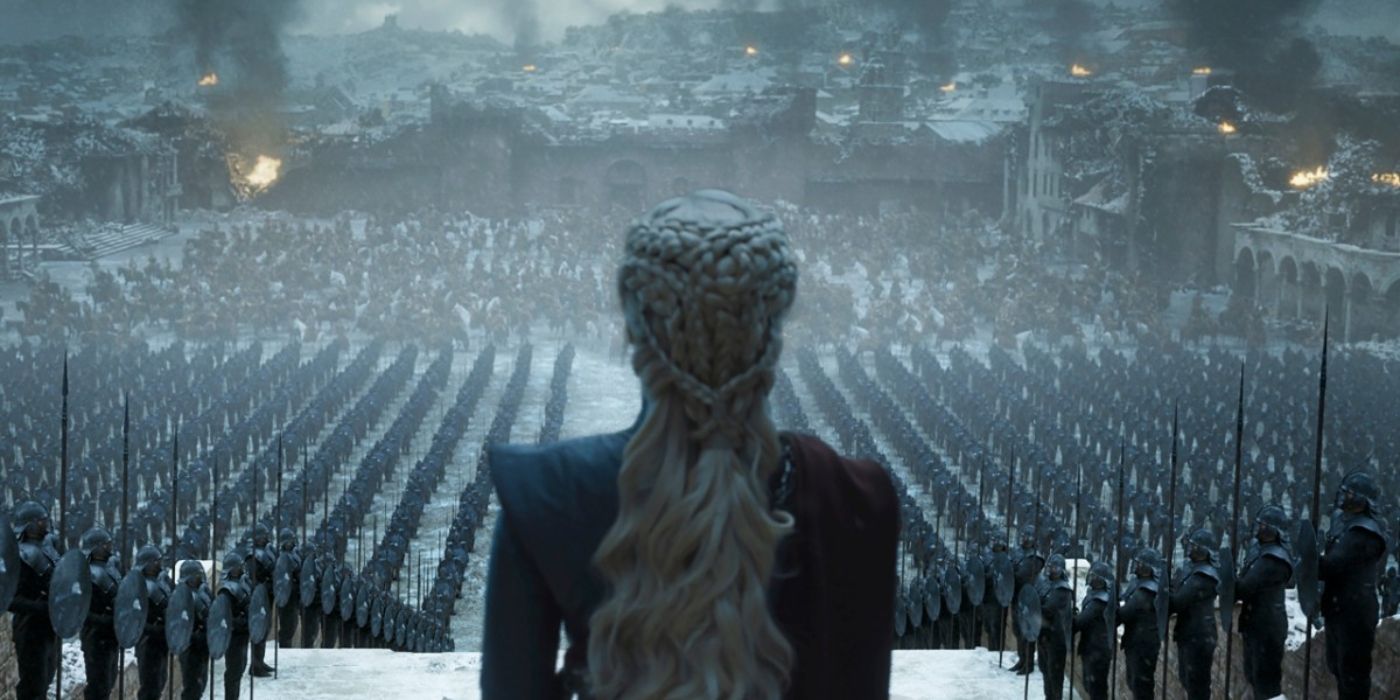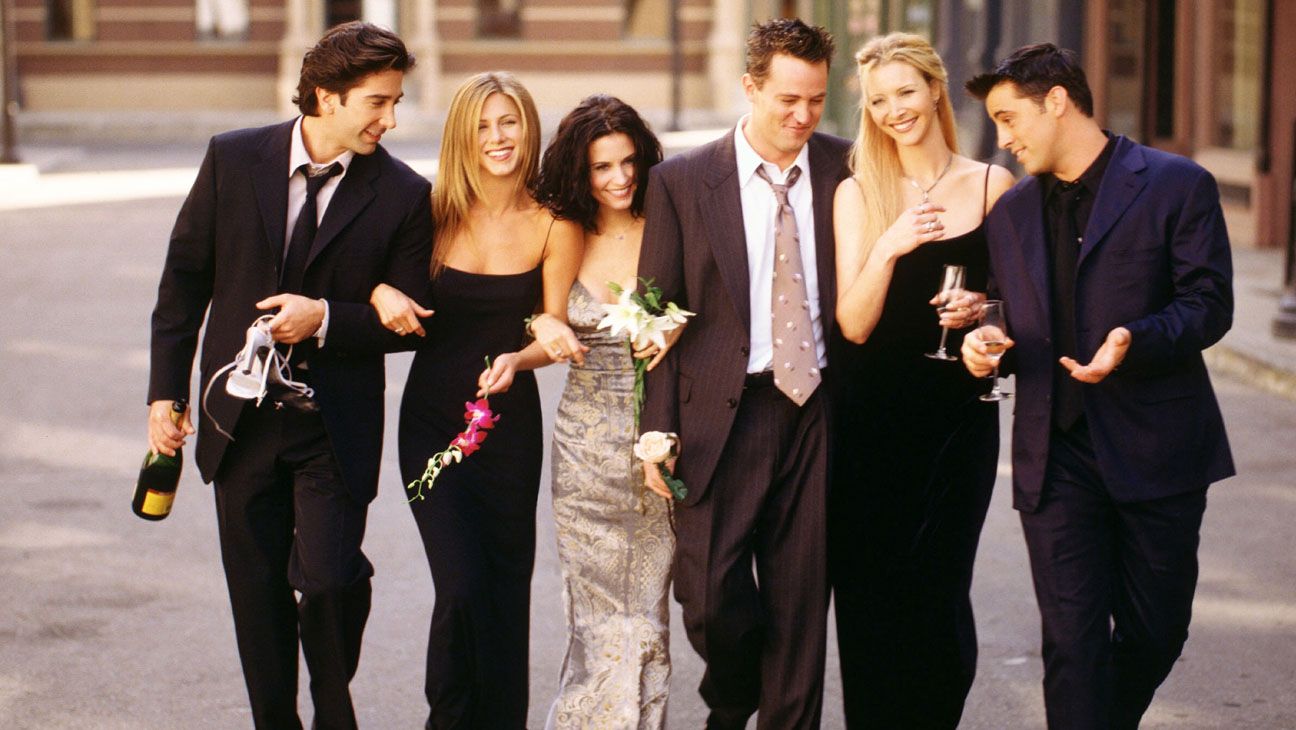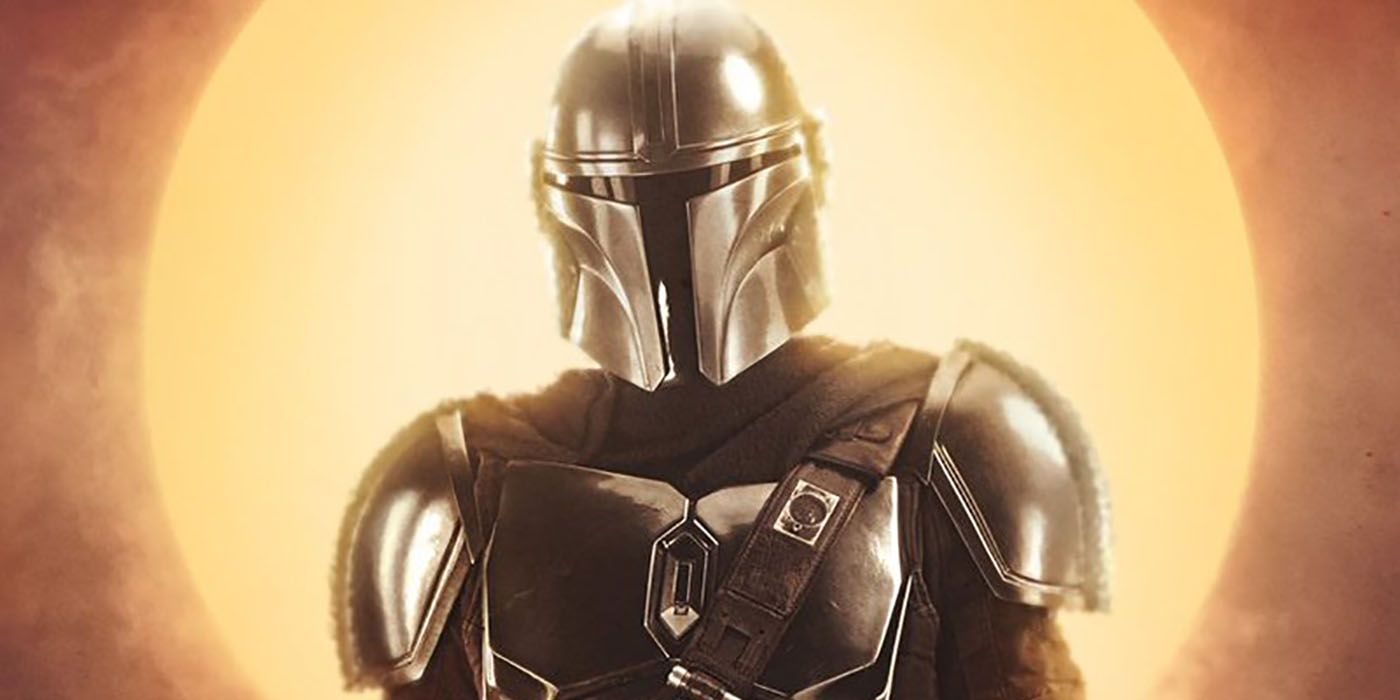Back in the Stone Ages of the 1960s and ‘70s, when televisions were powered by tiny animals running in wheels, viewers didn’t have a lot of options. There were only a handful of channels to choose from, which, invariably, meant that everyone was, more or less, watching the same thing. When folks went to work the next morning, they’d all gather around the water cooler to discuss the previous night’s shocking twists and best jokes, until Don Draper threw a whiskey tumbler at their heads and told them to get back to work.
Television-watching habits have changed substantially since then. In the 1980s, the rise of cable television threatened the broadcast networks’ stranglehold on programming, while the last few years have seen a sea change in the way content is consumed, with the advent of mobile devices, online-only programming, and myriad new ways to watch TV. Broadcast and cable networks alike are struggling to keep up, as new streaming platforms, like Disney+ and HBO Max, seemed to be announced every day.
With all these new viewing options comes an almost uncountable amount of new shows and miniseries and movies. A running joke during the ‘80s was “100 channels and nothing on,” a gripe against the lack of actual programming on cable TV, but that, too, is no longer the case. Big-name stars are filming TV for Facebook and Apple, and even the worst shows on Netflix usually have some merit.
The truth is, there’s always something on in this age of Peak TV, and a single person would have a hard time watching everything. “Water-cooler TV” has all but gone by the wayside, as conversations are less likely to be “Did you see that thing last night?” and more “You should watch this. I’ll send you a link.”
When Game of Thrones ended earlier this year, there were plenty of think pieces lamenting that there would never be a show as big ever again, that it was the last gasp of TV-as-an-event, crossing demographics and smashing viewership records. It was, they argued, the nail in the coffin of water-cooler television.
They were wrong, of course – and not only because they seemed to be willfully ignoring the cultural phenomenon that is Stranger Things, which is still going strong, with a new season coming to Netflix next year. Rather, they seemed to be forgetting that the decline had already been happening, for a long time.
The viewership for “The Iron Throne,” the Game of Thrones series finale, was 13.6 million watching the episode live on HBO, easily making it the most-watched telecast in the network’s history. After including encores and delayed on-demand viewing, “The Iron Throne” brought in a series record of 19.3 million viewers.
The Big Bang Theory, meanwhile, one of TV’s longest-running and most popular sitcoms, nabbed 18 million viewers for its series finale in May.
But, here’s the thing: both of those numbers are absolute trash compared to the audience that tuned in to “Goodbye, Farewell and Amen,” the series finale of M.A.S.H. in 1983. More than 106 million people watched the episode – almost half of the population of the United States at the time.
The only programming that’s even come close to those numbers is 1977’s Roots miniseries, and the Super Bowl, which regularly has about 100 million viewers. Sitcom-wise, Cheers had 84.4 million viewers watching its finale, while Seinfeld had 76.3 million and Friends had 52.5 million.
The latter series, famously part of NBC’s juggernaut Must-See TV block, concluded in 2004. But just because no program has matched Friends’ numbers, does that mean there’s been no culturally-significant TV since then? Does that mean that The Office, which aired its series finale in 2013, wasn’t a big deal?
No, of course not. Because there’s no metric for water-cooler television, and there’s no telling what programming is going to cause a stir and grip the public’s interest.
There are certainly some viewers and critics who lament the end of this communal viewing experience, and there are probably people screaming “OK, Boomer” at them right now – and neither of them is really wrong. There was, certainly, something comforting about knowing that you were in the loop, that everyone in the office had watched the same episode of The Office. That you could say “We were on a break!” or “No soup for you!” and elicit a laugh.
But times change. TV changes. And none of that is a bad thing.
Bemoaning the death of water-cooler television is like complaining about flatscreens, or the lack of bunny-ears antennas on your television – just because things look different doesn’t mean they actually are. TV is still there, people are still talking about it.
Yes, it’s true that most people no longer discuss last night’s shows at work, because that’s only because viewing has become more dispersed, because you don’t only have one chance to watch a show or miss it forever – and that, of course, is to say nothing of the rise working-from-home and a lack of actual water coolers in offices.
There are countless online communities devoted to just about any show you can think of, where fans obsessively go over every detail of every episode of a series. There are whole websites that traffic in theories and rumors! And people certainly still discuss the shows they’re watching with their co-workers, just maybe not as many, and maybe not as immediately. Nevermind that streaming can keep a program alive for years past its expiration date – just look at all the Millennials discovering Friends for the first time.
Water-cooler television may be dead, but the notions behind, the love of television that drove it, isn’t going anywhere. Pop culture will always play a part in American society, for better or worse, and talking about it, bonding over it, has simply evolved with the technology and viewing options available to us.
Do you really think people aren’t immediately going to talk about The Mandalorian next week? C’mon.




